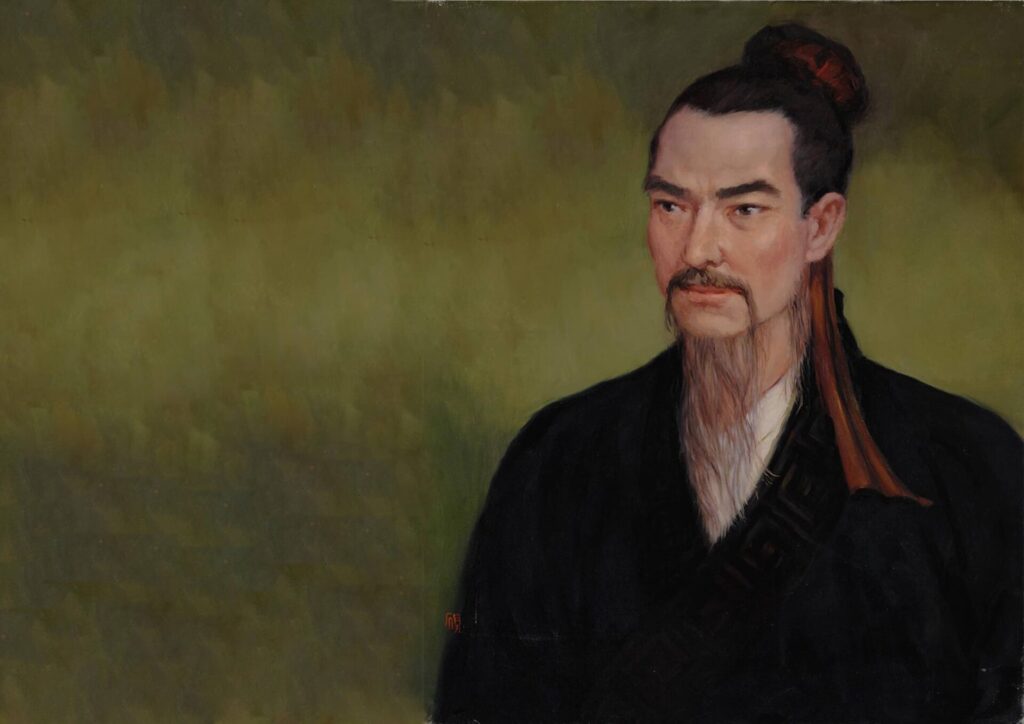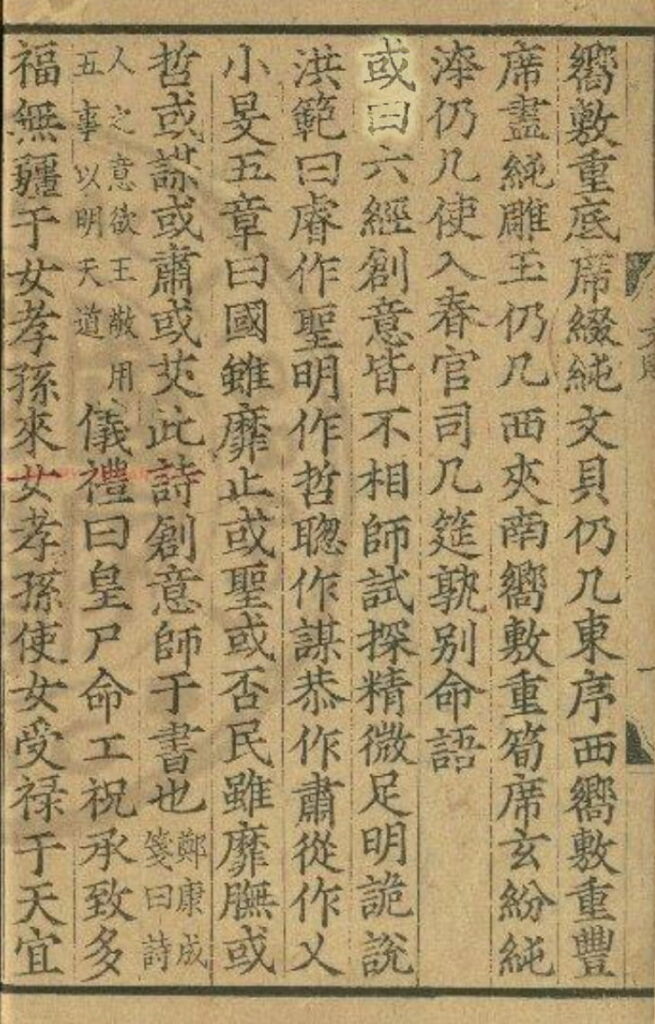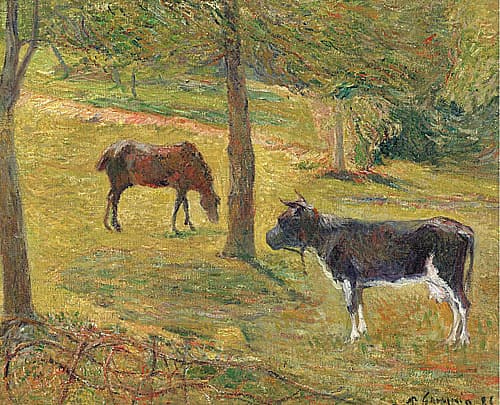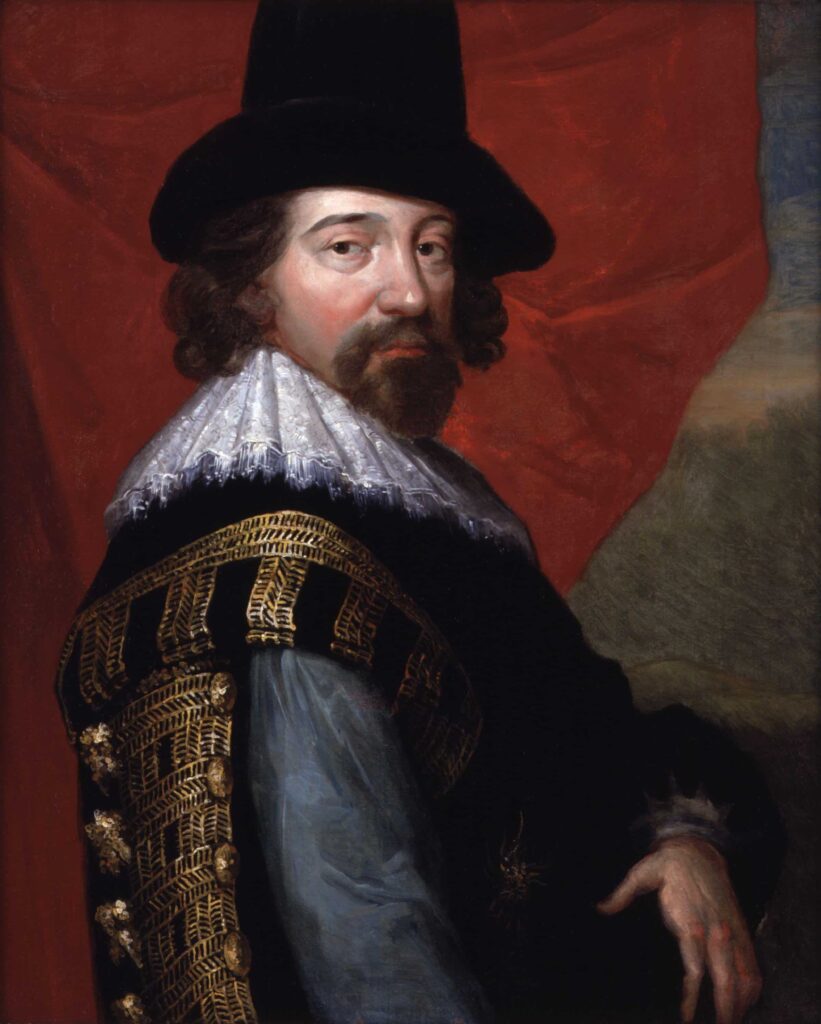Original article: 兩、三千年前墨家就有亮眼的「墨辯」了

Though the Mohist school quickly receded from the limelight of pre-Qin "prominent schools," its lingering impact became another remarkable achievement in Chinese philosophy.
Within the "Mozi" text, in addition to philosophical discourse and the crafting of defensive war machines, there are six sections of Mohist methodological discourse collectively known as the "Mohist Dialectics." "Mozi" includes the "Mohist Canon," consisting of the Upper and Lower Canon, Upper and Lower Expositions of Canons, and the Major and Miner Illustrations, offering the Mohist approach to learning and debate. The "Mohist Canon" stands as China's earliest systematic treatise on logic, with "Dialectics" referring to the study of logic. When Western logic initially entered China, it was also referred to as "dialectics."
During the Western Jin dynasty, Lu Sheng was the earliest to compile "Moist Dialectics Commentary," but this work is now lost. In the Qing dynasty, the Confucian scholar Wang Zhong gained fame for his interpretation of the "Mohist Canon," earning him the epithet "Wang Zhong, the Mohist." In more recent times, figures like Liang Qichao and Hu Shi have been among the most prominent advocates of Mohist logic.
In reality, long before the later development of "Mohist Dialectics," Mozi had already proposed China's earliest method of empirical verification, known as the "Three-test Method." Unfortunately, due to the linguistic barriers separating the ancient and modern eras, this wisdom of our ancestors has remained relatively unknown.
So, what exactly does the "Three-test Method" entail?
Mozi, in his quest to establish the concept of "Non-fatalism" and critique the doctrine of "Destiny" as a means to counter the aristocratic class and their hereditary privileges, once proposed a framework that resembled today's discourse on truth and false information – the "Three-test Method."
The Three Tests are as follows: "Its basis, its verifiability, and its applicability."
“How is it to be based? It should be based on the deeds of the ancient sage-kings. How is it to be verified? It is to be verified by the senses of hearing and sight of the common people. How is it to be applied? It is to be applied by adopting it in government and observing its benefits to the country and the people.”
This is quite challenging! Let's provide a straightforward explanation.
The term “Three Tests” refers to three methods that can be used to examine the authenticity of knowledge.
Firstly, "It should be based on the deeds of the ancient sage-kings" implies that knowledge derives from sources like ancient sage-kings (which can be broadly interpreted as mentors or written sources), making it a form of "indirect experience."
Secondly, "It is to be verified by the senses of hearing and sight of the common people" involves testing based on one's own sensory perceptions and firsthand experiences, thus constituting one's "direct experience." For instance, by touching boiling water with one's hand, one can ascertain its scalding temperature.

Finally, "observing its benefits to the country and the people" means that a piece of knowledge, even if it comes from the words of sages or mentors, aligns with one's personal experiences. However, can this knowledge be extended to apply universally to all individuals? This requires a pragmatic examination within the societal domain to determine whether it conforms to the "collective experience."
Only when a body of knowledge or perspective successfully passes through these layers of scrutiny can we confidently rely on its correctness. It's fascinating to observe that ancient thinkers were not as antiquated as we might think; in fact, they often resonate with contemporary trends. (Of course, we must also acknowledge that we cannot judge Mozi's entire body of theories as entirely free of internal contradictions, considering the evolution of thought across different eras.)
Following the vividly experiential "Three-test Method," it's not difficult to imagine that the later Moists built upon this foundation to develop systematic theoretical frameworks.
The later Mohist's system of logic
The most captivating aspect of Mohist logic lies in its logical principles, which are the focal point of Mohist dialectics. To avoid excessive complexity, let's briefly explain seven Mohist dialectical principles as outlined in the Miner Illustrations, which are "some, suppose, imitate, analogy, similarity, leading, extending."
"Some" is not all. "Suppose" is not so now. "Imitation" is to make a standard: what is imitated is that which is used to make the standard. Thus what matches the imitation is so; what does not match the imitation is not so. This is imitation. "Analogy" is raising another thing to make something clear. "Similarity" is similar sayings proceeding together. "Leading" is saying, "You take it as so - why can I alone not take it as so?" "Extending" is taking what he has not chosen but is similar to what he has chosen, and presenting it to him. "It is like this" is similarity. "How could I be like this" is difference.
Here, it is evidently in need of explanation.

Some:
to put it another way, there are also other cases that do not fit this description. It is a kind of "particular proposition" that cannot fully cover all scenarios, meaning that some are like this, and some are not.
In the Upper Canon, it was once mentioned, "all is none not being so.”
If we say “all,” there should be propositions that can fully encompass everything, such as “All men are mortal,” which is in line with the “universal proposition.” However, if we say “some,” it is only a part, so the Classical Chinese term “或曰” has always been translated as “some say.”
Suppose:
not necessarily, it is a hypothetical "conditional proposition" that can only be established when its assumed conditions are met.
Propositions are divided into "categorical" and "hypothetical." Stating "There will be an exam tomorrow" is a categorical and definite proposition. Stating "If the weather is clear tomorrow, I will go out" is a hypothetical proposition, carrying an assumption of "perhaps not today," as it has yet to be realized, and we do not know its outcome.
Imitate:
Deductive reasoning; deriving from the general to the specific.
This principle involves many essential concepts within Mohism, including "standard," "cause," "and "match."
"standard" originally refers to the model, pattern, or norm. Anything that conforms to the "standard" should be cast from the same mold, and they are all identical.
"To imitate the standard" means to follow the same standard—emulating this abstract universal standard can be deduced from general principles to specific instances. It is an argument of "deductive reasoning."
Furthermore, "cause" refers to the reason or condition for "why something is the way it is," while "standard" represents the similarities among similar things. When considered together, a category's "standard" is the "cause" for why things of that category are the way they are. Any valid "cause" can certainly serve as a "standard"—an effective reason—and can be used as a rule; by following the "standard," the same results can be generated. Such a "cause" is considered "matches the imitation." Conversely, if it cannot produce the same effect, its "cause" is considered "not match the imitation", meaning it is an ineffective reason.

For example, in the passage that states "Cows are not horses," we all understand that cows and horses are different, but what is the reason for this distinction?
If we explain that "Cows have teeth, and horses have tails" as the reason for cows not being horses, then this "cause" is "not match the imitation" or ineffective.
This is because the example given involves something that both have, and it should be something that only one of them possesses, like "Cows have horns, but horses do not have horns," in order to articulate the difference between the two. Such a "cause" can then serve as a "standard."
Analogy:
metaphor, refers to the use of other objects to illustrate a point. It encompasses both explicit and implicit metaphors.
Hu Shih once cited a story from the "Garden of Eloquence" where King Liang told the eloquent Hui Shi not to use metaphors in his speech and to speak plainly. Hui Shi, in response, asked, "What if someone doesn't know what a slingshot looks like, and the one answering says, 'A slingshot is like a slingshot.' Will the questioner understand?" With this, Hui Shi explained that the use of metaphor should not be discarded because "speakers use what they know to explain what they don't know, enabling others to understand." Using something known as a metaphor can depict something unknown.
Similarity:
similar sayings proceeding together, refers to analogy or comparing relationships between speech and action. It is also a form of analogy but differs from "Analogy" as it involves abstract comparisons rather than concrete objects.

For instance, in the "Mozi - Condemnation of Offensive War," it used behaviors such as "stealing someone's peaches and plums" and "taking someone's cattle and horses" to analogize the unjust act of attacking a country, equating it to killing and plundering.For example, when Gongsun Long faced people's skepticism about his "A white horse is not a horse" argument, he used the example of Chu King's lost bow and ministers’ request for the return. The Chu King said,”The Chu people left the bow, and the Chu people found it, so what more could you ask for?” However, Confucius, upon hearing this, remarked, "You could have just said, 'People lost it, people found it.' Why insist on 'Chu' people?" Gongsun Long used this to demonstrate that Confucius, in terms of naming, distinguished between "Chu people/people," while Gongsun Long distinguished between "white horse/horse." Both were engaged in the analysis of the "universal naming principle" regarding the extension of "people" being broader than "Chu people," showing that Chu people were not universally applicable to people. The extension of "horse" was broader than "white horse," indicating that "white horse" was not universally applicable to horses. These two terms couldn't be interchangeably used without confusing "names and reality."
So why did people generally believe that Confucius was correct, while I (Gongsun Long) was wrong? Gongsun Long used the "Similarity" analogy method to self-demonstrate his argument as "match the imitation" or effective.
However, the act of comparison using "Similarity" has its conditions. As stated in the Lower Canon, "Different kinds cannot be compared."
We cannot engage in comparisons without limitations. For instance, the Lower Exposition of Canon provides examples like "Which is longer, wood or night? Which is more abundant, wisdom or grain? Of titles, family, moral conduct, and value, which is more valuable?" These objects do not share a homogeneous basis and are not of the same category, so the analogy relationship cannot be established.
Leading:
refers to making use of or drawing on something, like in the sentence "You take it as so - why can I alone not take it as so?" "Leading" involves the application of the method of analogy, where one borrows and applies the opponent's argument as the basis for their own argument.
For instance, in the writings of Mozi, people are often cited as saying, "Do not steal from others," and it is acknowledged that "Hating there being many thieves is not hating there being many men. Wishing there were no thieves is not wishing there were no men," and "Not caring for thieves is not not-caring for men." These ideas are then used to argue that the well-known Mohist principle "Killing a thief is not killing a person" is valid. This is also an application of the "universal naming principle" regarding "names and reality" and is a correct statement of "match the imitation" or effective.

Extending:
means induction or generalization, based on this category. "Extending" is taking what he has not chosen but is similar to what he has chosen.”
In debate, " Extending " involves using an opponent's affirmed assertion as a premise and then extending it to other cases within the same category that the opponent denies, thereby refuting their claim.
Taking a broader perspective, "Extending" can also be seen as a form of induction. By generalizing from specific instances, one can derive universal laws applicable to the entire category. This process relies on the results of broad observations of numerous instances.
When we observe individual cases and recognize a common cause behind the same phenomenon, it means "taking what is common to make a rule" or "taking by category." This allows us to establish general principles for things within that category based on the principle that similar things share similar properties. Once we know this "standard," we can then apply it to other unobserved cases within the same category, concluding that they should also exhibit the same phenomenon. This is the application of inductive reasoning. Therefore, deduction takes what is known or has been clarified and extends it to individual cases, while induction discovers and deduces new general principles from individual cases.
From this, we can see that more than two thousand years ago, the Mohist school already emphasized logic and debate, establishing a fairly rigorous philosophical methodology. Their body of work encompassed discussions on mathematics, geometry, optics, mechanics, philosophy of life, political philosophy, economics, and various other topics. While the Mohist school eventually declined on the historical stage that emphasized contingency and circumstance, its contributions should not be overshadowed. It is the responsibility of later generations to recognize and appreciate its brilliance in the history of thought, even as Confucianism emerged as the predominant intellectual tradition for over two millennia.
Written by Lily
Presented by Mei-Hua Hall
